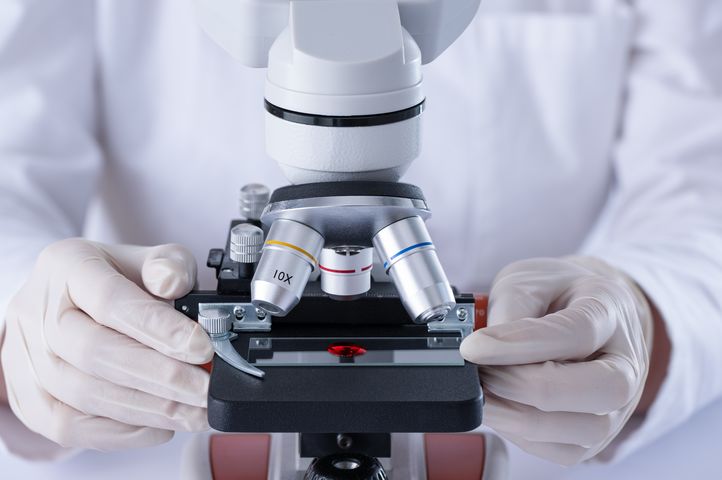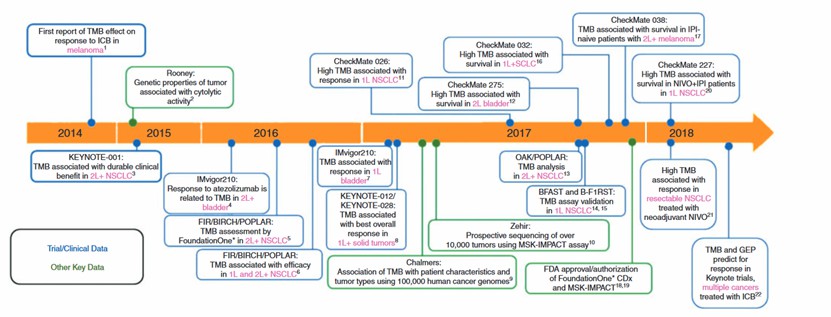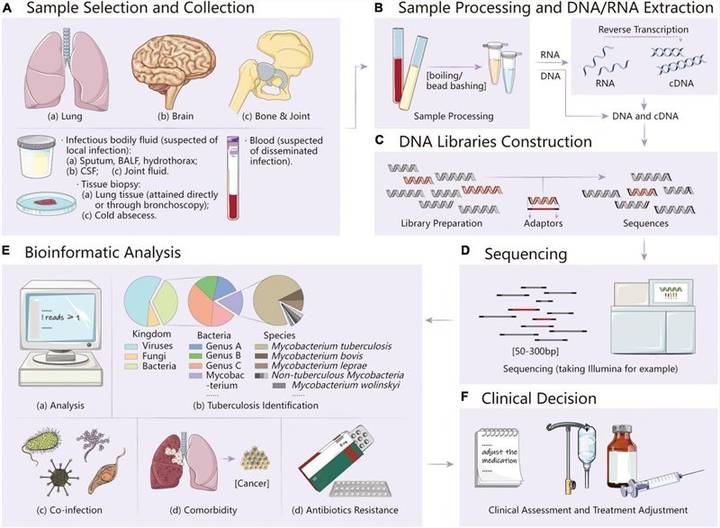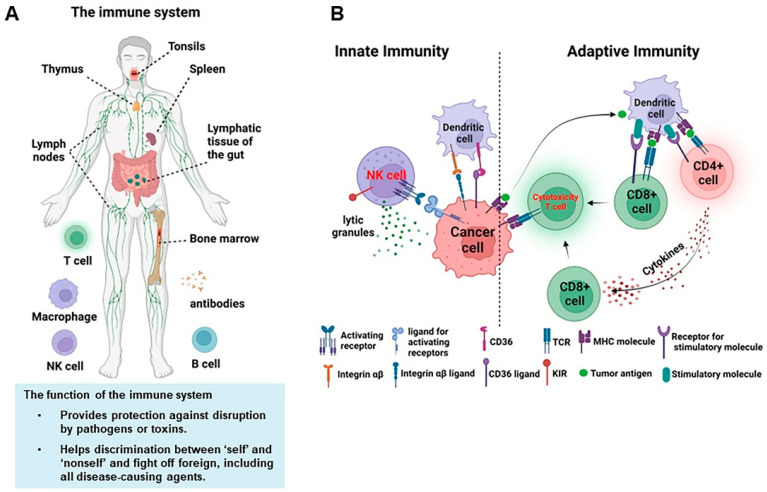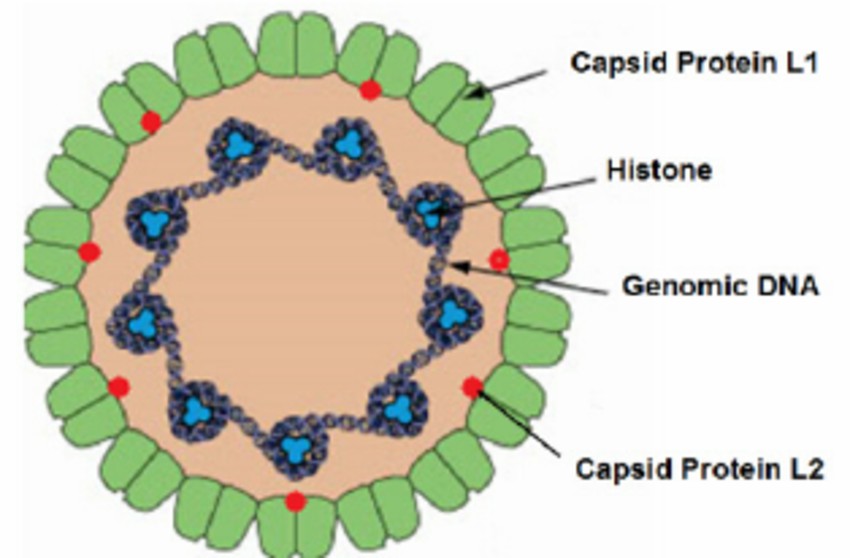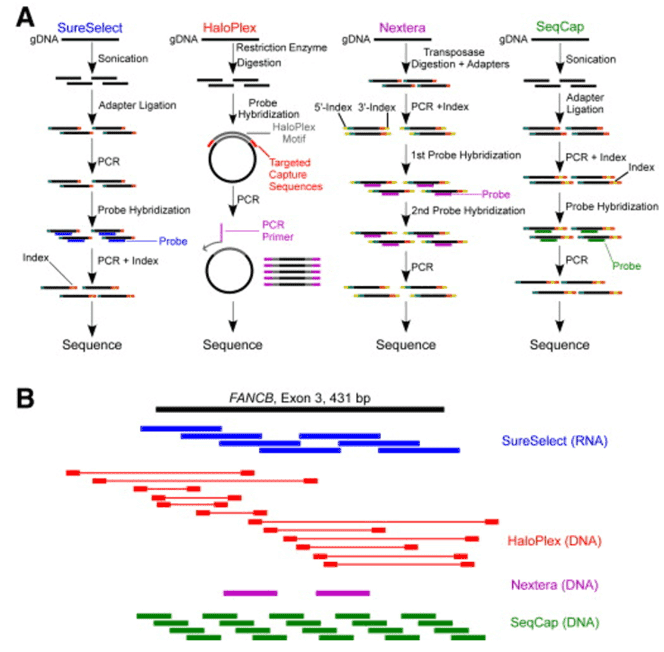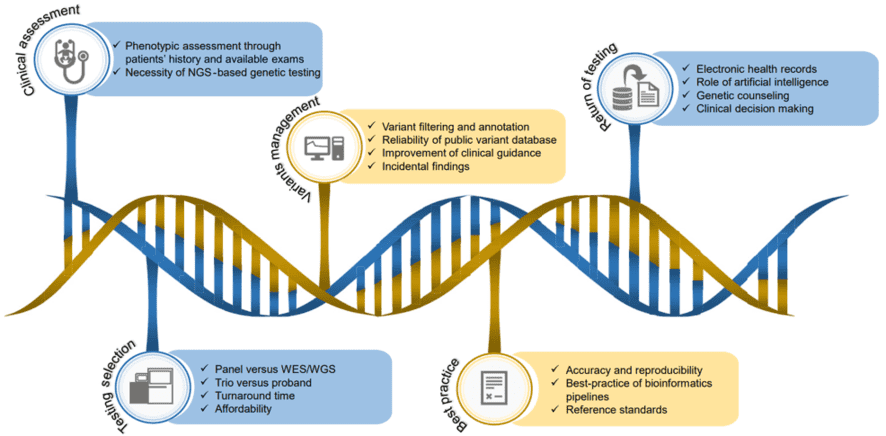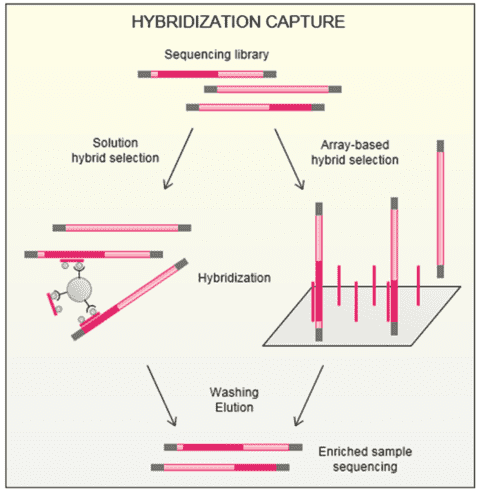Custom Ovarian Cancer Panel
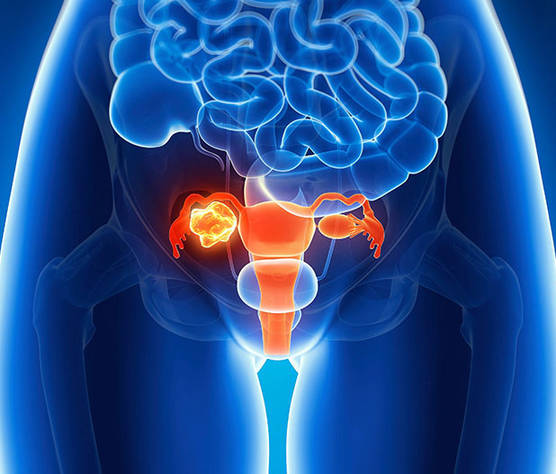
Introduction
Ovarian cancer is the leading cause of death in gynaecological cancer and ranks fifth in mortality of all cancers in women. Epithelial ovarian cancer is the most common type in ovarian malignant tumors which is usually detected in postmenopausal women, and about 10% of ovarian cancers originate from germ cell mutations, which is more common in adolescents or young women. Epithelial ovarian cancer contains five different subtypes. Among them, high-grade serous carcinoma (HGSC) is the most common. There are already many hypotheses explaining the pathogenesis of ovarian cancer, but no clear conclusion yet. Lower grade ovarian cancer grows slowly, mostly confined to the ovary, with relatively clear precursor lesions. Among them, ovarian epithelial inclusions (OEI) may be a potential precancerous lesion, which may be mainly from the oviductal mucosa epithelium. Most high-grade ovarian cancers are likely to originate from the serous tubal intraepithelial carcinoma (STIC) at the umbrella end of the fallopian tube, which in turn spreads to the ovaries, or the normal fallopian tube mucosa is directly implanted on the surface of the ovary to form OEI, which in turn undergoes malignant transformation. There are also some high-grade ovarian serous carcinomas that may be derived from pelvic dissemination of endometrial EIC or invasive serous carcinoma. A considerable portion of endometrioid and clear cell carcinoma may be secondary to endometriotic tissue. The occurrence of mucinous and Brenner tumors is unclear, and the transitional epithelial nest adjacent to the ovary is a possible source.
Disease-related gene description
A number of genes are known to be involved in inherited susceptibility of ovarian cancer. The BRCA1 gene produces a tumor-suppressor protein and helps repair damaged DNA. The TP53 gene plays an important role in regulating cell cycle, DNA repair and apoptosis. These two genes are the most common mutations in ovarian cancer. The genetics of lower grade ovarian cancers are relatively stable, with relatively specific genetic mutations (including K-ras, BRAF, HER2, CTNNB1, PTEN and PIK3CA), but rarely involving the TP53 gene. High-grade ovarian cancer develops rapidly, often involving the ovary, mostly developed by STIC, with a high frequency of TP53 mutations. What’s more, the PTEN gene, mapping on chromosome 10q23.3, often has the mutations and a loss of heterozygosity, which is usually detected in endometrioid-type ovarian tumors. In addition, other mutations in STK11 and CDH1 genes are thought to confer high risk of ovarian cancer. What's more, pathogenic variants in BARD1, CHEK2, PALB2, ATM, BRIP1, RAD51C, RAD51D and NBN also moderately increase ovarian cancer risk.
To support clinical research related to ovarian cancer, our custom ovarian cancer panel platform offers a comprehensive ovarian cancer library, from which you can choose for genetic testing of ovarian cancer. Targeted DNA sequencing technology that enables deep sequencing at high coverage levels is provided. Our customizable ovarian cancer panel can be applied to help researchers investigate the mechanism, propagation and possibly therapy of ovarian cancer.
Custom ovarian cancer panel offers but not limited to:
-
Powerful sequencing technologies with advanced target enrichment methods are offered. Targeted DNA sequencing technology by Illumina MiSeq system/Ion PGM system provides ultra-deep sequencing to target specific genomic regions.
-
Strict quality control throughout the pipeline workflow ensures the accuracy and repeatability of the sequencing.
-
Every detected genetic variant will be further validated to ensure the validity of results.
-
Custom panel content is designed to keep up with the frontiers from current literature about ovarian cancer panel to target all relevant regions.
-
Only sequencing the customizable ovarian cancer panel meets your requirements, increases throughput and saves costs.
-
You can choose the panel content from our ovarian cancer panel library or discuss your customized ovarian cancer requirements, then we can provide you with your own panel.
-
Precision bioinformatics pipelines ensure superior analytical performance.
Choose the genes that suit you from the ovarian cancer gene list
| ATM |
ATR |
BARD1 |
BRAF |
| BRCA1 |
BRCA2 |
BRIP1 |
CDH1 |
| CHEK2 |
CTNNB1 |
EPCAM |
FANCC |
| EPCAM |
HER2 |
K-ras |
MLH1 |
| MRE11 |
MSH2 |
MSH6 |
MUTYH |
| NBN |
NF1 |
PALB2 |
PIK3CA |
| PMS1 |
PMS2 |
POLD1 |
PTEN |
| RAD50 |
RAD51C |
RAD51D |
RECQL |
| SMARCA4 |
STK11 |
TP53 |
|
Specimen requirements of our custom ovarian cancer panel
- Specimen: blood, saliva or extracted DNA (we do not accept DNA samples isolated from FFPE tissue).
- Volume: 8 mL blood, 2 mL saliva, 3ug DNA.
- Collection: blood is collected by routine blood collection and saliva is collected by saliva collection kits (kits are available upon request). DNA samples are stored in TE buffer or equivalent.
- Container: lavender-top (EDTA) tube or yellow-top (ACD) tube.
- Gene panel workflow
Gene panel workflow

For more information about the Custom Ovarian Cancer Panel or need other amplification requirements, please contact us.
References:
- Desmond A, et al. Clinical actionability of multigene panel testing for hereditary breast and ovarian cancer risk assessment. JAMA oncology, 2015, 1(7): 943-951.
- Schuijer M, Berns E M J J. TP53 and ovarian cancer. Human mutation, 2003, 21(3): 285-291.
- Dinulescu D M, et al. Role of K-ras and Pten in the development of mouse models of endometriosis and endometrioid ovarian cancer. Nature medicine, 2005, 11(1): 63.
- Kurman R J, Shih I M. Molecular pathogenesis and extraovarian origin of epithelial ovarian cancer—shifting the paradigm. Human pathology, 2011, 42(7): 918-931.
- Merritt M A, Cramer D W. Molecular pathogenesis of endometrial and ovarian cancer. Cancer Biomarkers, 2011, 9(1-6): 287-305.
* For research purposes only, not intended for clinical diagnosis, treatment, or individual health assessments.
Related Services
Related Products
Related Resources



